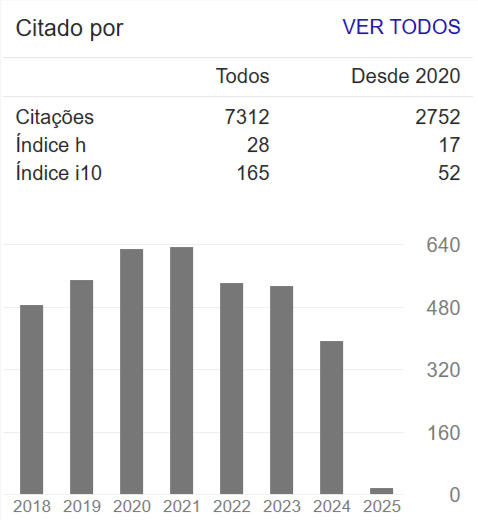Use of imagens from the PE3D project for leveling wells to be used in making potentiometric maps
Abstract
The satellite images are often used to obtain terrain quotes, which contribute to the production of potentiometric maps since traditional topographic survey takes time and are expensive. The aim of this paper is to evaluate the effectiveness of the imaging from the Pernambuco Tridimensional project (PE3D) focusing on generating potentiometric maps. The PE3D project consists of a high precision airborne cover from the Pernambuco State. In order to attest this purpose, topographic surveys were carried out using the Differential Global Positional System (DGPS), which provide millimetric precision. Such surveys were performed in two distinct areas giving in 32 points. The results showed that the major differences between the quote obtained by DGPS and the PE3D images, in absolute terms, were 0.625 m whereas the minor difference was 0.007 m with an average of 0.211 m. Navigation GPS results were also compared and the principal difference between the navigation GPS coordinates and the DGPS was 4.724 m while the smallest difference was 0.246 m with an average of 1.780 m. These differences were not enough to show that the quote obtained by GPS displayed errors in the shapes of the potentiometric maps. It is also concluded that imaging from the PE3D project is recommended for regional and detailed studies.

















